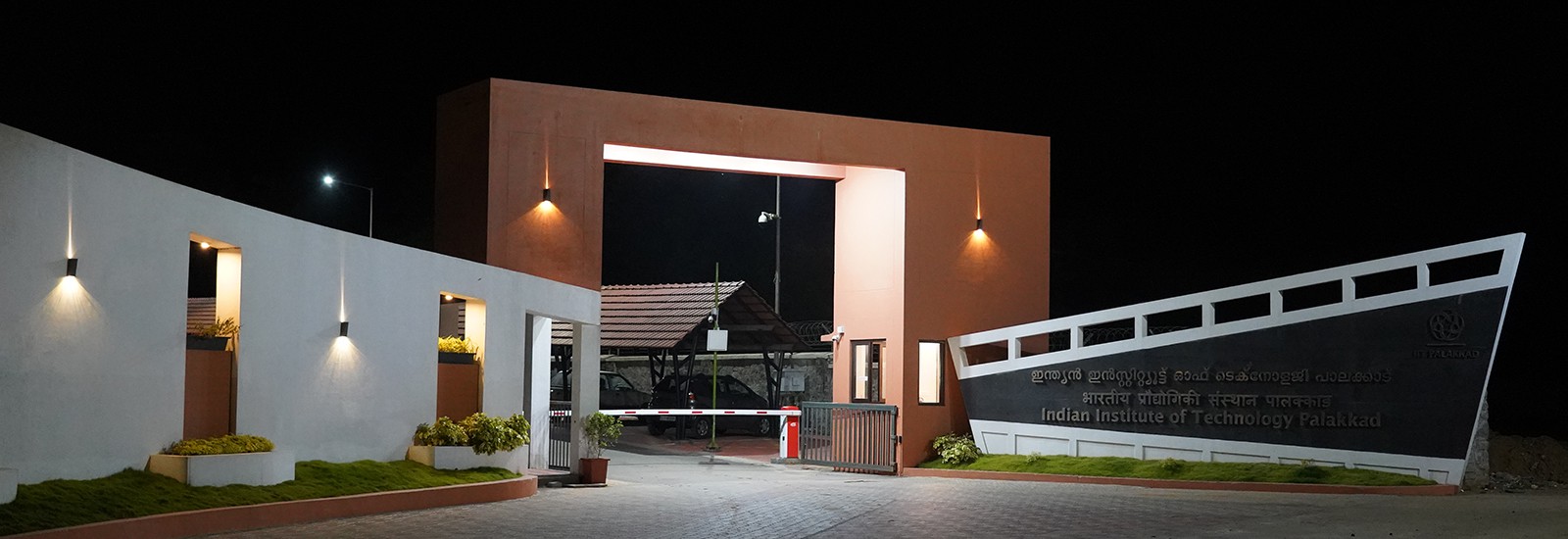
Thiruvananthapuram, State owned Indian Institute of Information Technology and Management-Kerala (IIITM-K), in a joint research project with German institutes, has made a breakthrough in developing Analogue Integrated Circuits for implementing Generative Adversarial Network (GAN). This can possibly be used to analyse and interpret 2019-nCoV data for a possible solution to the global pandemic.
The capital city headquartered research institute said that this has been achieved by joint research conducted in collaboration with Analogue Circuits and Image Sensors Lab, Seigen University and Fraunhofer, Germany, and Centre for Excellence in Artificial General Intelligence and Neuromorphic Systems (neuroAGI), IIITM-K.
GAN are neural networks that can be trained to produce or generate new content. These are popularly used for generating fake images, fake audio, fake text and fake videos.
"We have been able to achieve a breakthrough by this complex and painstaking AI circuits research, with being able to accelerate and run GAN applications in low power devices" said A. P. James, Professor at the School of Electronics at IIITM-K.
The paper, 'Memristive GAN in Analog', has been made available online from Friday in Scientific Reports Journal of Nature. In this collaborative work, the lead author is O. Krestinskaya while B. Choubay, Professor at Seigen University, is the co-author.
The experts point out that the GANs have recently succeeded in generating new molecular structures that can bind with the 3C-like protease, which is one of the most important COVID-19 protein targets, and inhibit virus functioning.
In a new study, energy and area-efficient analogue circuit implementation of such GAN architecture was demonstrated to generate realistic looking images.


.jpeg)

